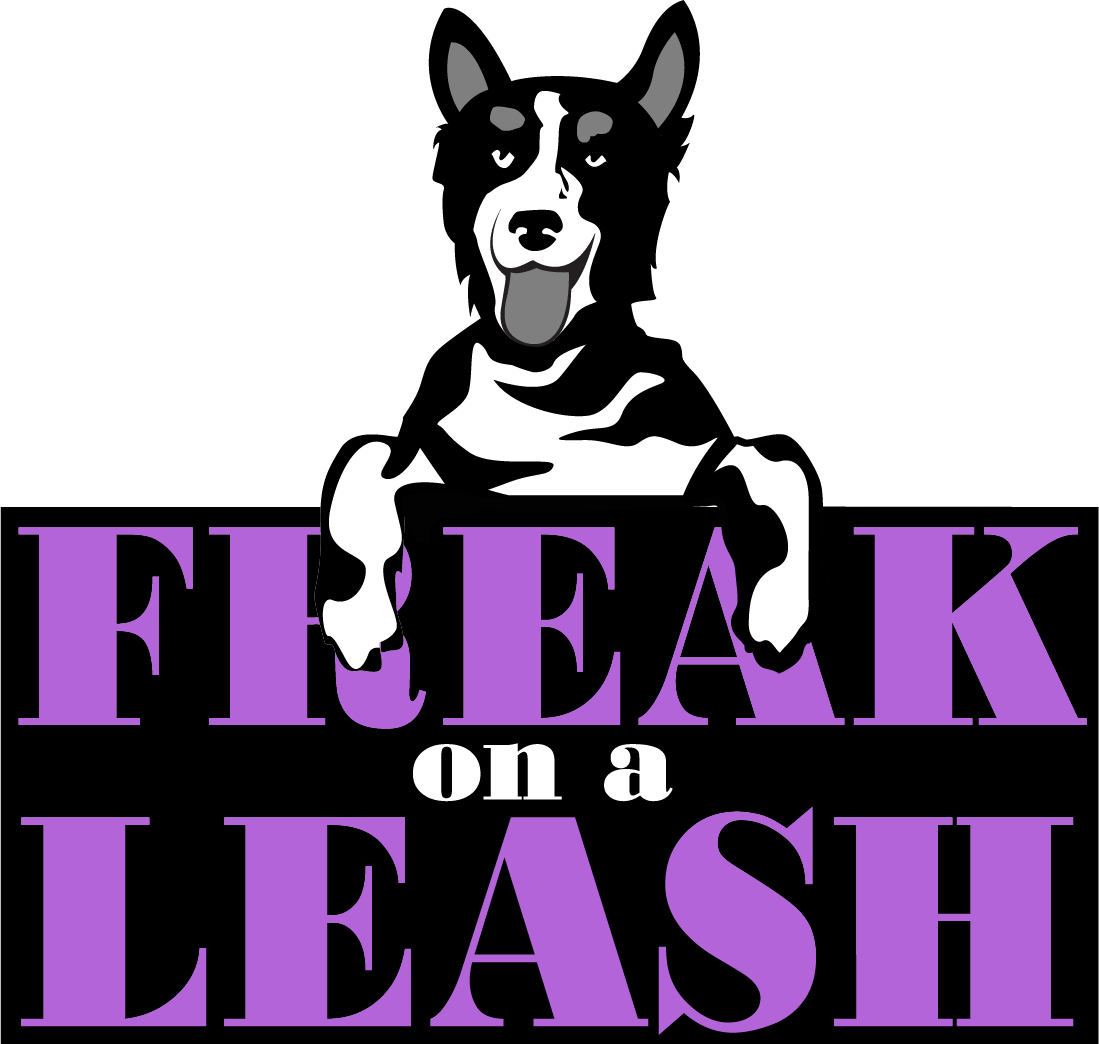Estimated read time: 12 minutes
Introduction
It’s maddening, isn’t it? You ask your dog to sit in the living room—they do it flawlessly. But step outside, and suddenly your dog acts like you don’t even exist. Is the training worthless outside the house? Not at all. Your dog isn’t stubborn—they’re overwhelmed. Let’s unpeel why that happens and, more importantly, what you can do to fix it.
1. The Science Behind the Breakdown
Stimulus Control & Generalization
Dogs learn behaviors under very specific conditions: your voice, the room, the time of day—even your treat bag’s sound. This means their obedience is “stimulus-controlled” by those specific cues . When you change the context—noise, smells, sights—those cues aren’t as strong anymore.
Dogs are also poor at generalizing. They may know “sit” in the kitchen but not in the park. To them, those are different behaviors tied to different contexts. Relational concept learning in domestic dogs: Performance on a two-choice size discrimination task generalizes to novel stimuli – ScienceDirect
Distractions & Thresholds
Outside, your dog’s brain is flooded with distractions—squirrels, other dogs, smells, cars. When those distractions exceed your dog’s “threshold,” their ability to focus on you drops sharply [oai_citation:1‡reddit.com](https://www.reddit.com/r/Dogtraining/comments/yf1fsi/dog_doesnt_listen_outside_at_all/?utm_source=chatgpt.com).
Reddit users often suggest: “If a dog is so distracted that they won’t listen outside, you need to … increase the value of the reward … and lower the bar/threshold” (start inside, then move gradually outside) .
2. Rebuild Trust, Step by Step
Step 1: Intensify Your Reinforcements
Use high-value rewards like pieces of chicken, cheese, or even your dog’s favorite toy. In public, standard kibble just won’t cut it . If food fails, get creative—some dogs love playing with a spray bottle or chewing on a toy instead [oai_citation:2‡akc.org](https://www.akc.org/expert-advice/training/training-dogs-to-ignore-distractions/?utm_source=chatgpt.com).
Step 2: Train Low & Build Up
- Start indoors with no distractions until your dog reliably responds.
- Open the front door and practice from the threshold. Keep your dog inside but let them see the outside world.
- Move a few steps outside. Reward effort before your dog is pulled by outside stimuli.
- Expand distance gradually—and when your dog makes a mistake, back up.
This gradual build helps shift your dog’s threshold, so distractions feel more manageable .
Step 3: Use Long Line Management
A long line keeps your dog safe while letting them explore. It also enables you to ask for behaviors like “look” or “come” right when distractions appear—and reinforce the behavior immediately .
3. Real-World Proofing Games
Engagement (“Focus”) Cues
Train a “look at me” or “focus” cue indoors. Reward eye contact predictably. When outside, use that cue to regain your dog’s attention long before recall commands fail .
Distraction Progression Game
Inspired by AKC:
- Stage 1: Reward “stay” while a ball sits 5ft away.
- Stage 2: Ball in your hand.
- Stage 3: Toss ball close within your hand.
- Stage 4: Toss ball past your dog as they hold the stay.
Never allow your dog to fail. Remove when needed and step back levels—this builds trust and clarity .
Recall with Built-In Reward
Make coming to you itself engaging: say “come,” take two steps back, celebrate, and let the dog chase or escorted to the reward .
4. Vary Environments for Generalization
Train commands in diverse locations: living room, yard, driveway, sidewalk, friend’s yard. Dogs trained on multiple contexts are more likely to generalize the behavior .
5. Keep Sessions Short & High-Value
Outside, behaviors last 2–3 seconds before distraction hits. Reinforce early and stop before frustration shows. Multiple tiny wins build confidence .
6. In-the-Moment Strategy
- Spot a trigger: Begin cue or redirect before your dog is overwhelmed.
- Reward quickly: Use a click or marker word, then feed on the spot.
- Keep going: Repeat at that level until reliable, then step up.
7. Use Games to Build Emotional Engagement
Your dog needs you to be *the fun*. A mix of training and high-energy play—20–30 minute sessions—strengthens your relationship and makes you more interesting than distractions .
8. Track Progress & Adjust
| Phase | Environment | Distance | Response | Next Step |
|---|---|---|---|---|
| 1 | Indoors | 2–5ft | 9/10 success | Increase distance |
| 2 | Doorway | Threshold | 8/10 | Step outside |
| 3 | Front yard | 10ft | 7/10 | Stay same phase |
9. Common Q&A
“Isn’t my dog ignoring me?”
No—it’s more like they *can’t* listen due to sensory overload .
“Won’t they just learn eventually?”
If unreinforced, the behavior extinguishes. You’re training consistency—the right thing *now*—not hoping they get bored .
“Will food always be needed?”
No—once reliable, you can fade to life rewards like play, toys, or praise. But don’t chase the myth that mid-park kibble works—they won’t care.
Conclusion: Turning “Can’t” into “Can”
Your dog’s failure to listen outside isn’t defiance—it’s their brain overloaded. By intentionally rebuilding behaviors with rewards, gradual exposure, environment variation, and proofing, you can help them generalize obedience to any context.
Start backyard, use high-value food, reward early, back up when needed, and celebrate *every* small win. That’s how real-world listening is built—not forced.
Call to Action
Struggling with distractions or outdoor listening? Our Foundations & Manners Training Packages are designed to help your dog respond reliably—whether you’re inside the house or out in the real world. We come to you and tailor each session to your dog’s specific needs and environment.
- 6-Session Package: Perfect for focusing on specific skills like leash walking, recall, or building engagement outside.
- 10-Session Package: Great for long-term success with multiple goals or more complex behavior challenges.
We use only science-backed, fear-free methods—no e-collars or intimidation, ever. Let’s help your dog listen with joy, no matter where you are.
